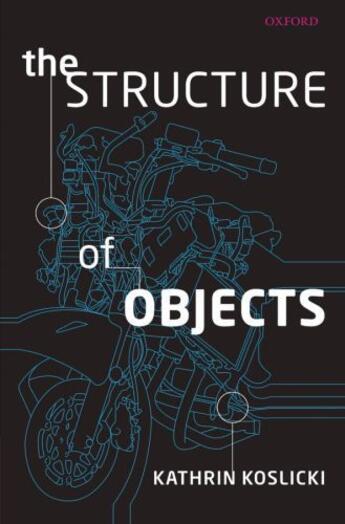-
Nombre de pages : (-)
-
Collection :
(-)
-
Genre :
(-)
-
Thème :
Non attribué
-
Prix littéraire(s) :
(-)
Résumé:
Kathrin Koslicki offers an analysis of ordinary materials objects, those material objects to which we take ourselves to be committed in ordinary, scientifically informed discourse. She focuses particularly on the question of how the parts of such objects are related to the wholes which they... Voir plus
Kathrin Koslicki offers an analysis of ordinary materials objects, those material objects to which we take ourselves to be committed in ordinary, scientifically informed discourse. She focuses particularly on the question of how the parts of such objects are related to the wholes which they compose.
Many philosophers today find themselves in the grip of an exceedingly deflationary conception of what it means to be an object. According to this conception, any plurality of objects, no matter how disparate or gerrymandered, itself composes an object, even if the objects in question fail to exhibit interesting similarities, internal unity, cohesion, or causl interaction amongst each other.
This commitment to initially counterintuitive objects follows from the belief that no principled set of criteria is available by means of which to distinguish intuitively gerrymandered objects from commonsensical ones; the project of this book is to persuade the reader that systematic principles can be found by means of which composition can be restricted, and hence that we need not embrace this deflationary approach to the question of what it means to be an object.
To this end, a more full-blooded neo-Aristotelian account of parthood and composition is developed according to which objects are structured wholes: it is integral to the existence and identity of an object, on this conception, that its parts exhibit a certain manner of arrangement. This structure-based conception of parthood and composition is explored in detail, along with some of its historical precursors as well as some of its contemporary competitors.
Donner votre avis














